 |
|
||||||
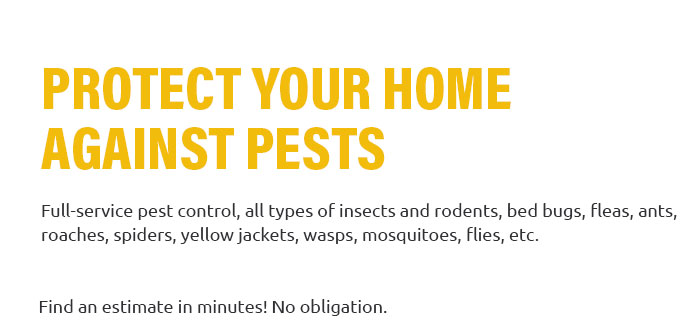 |
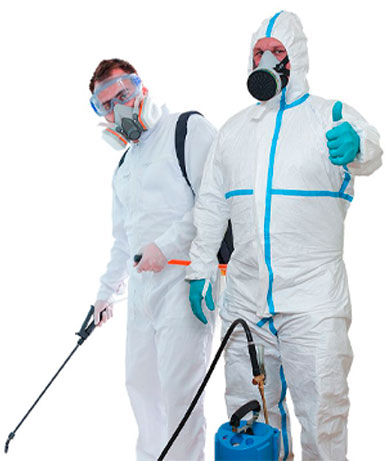 |
 |
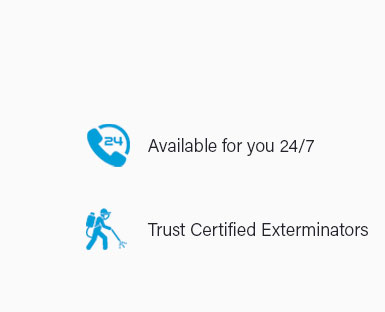 |
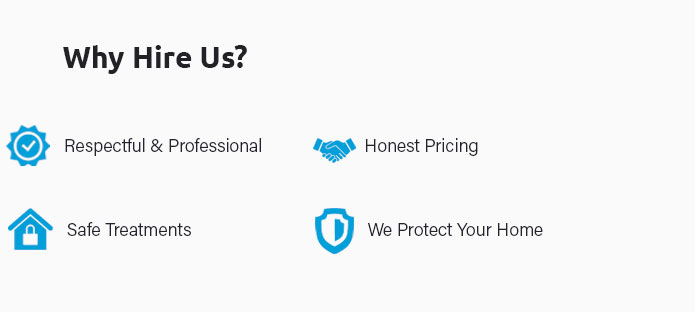 |
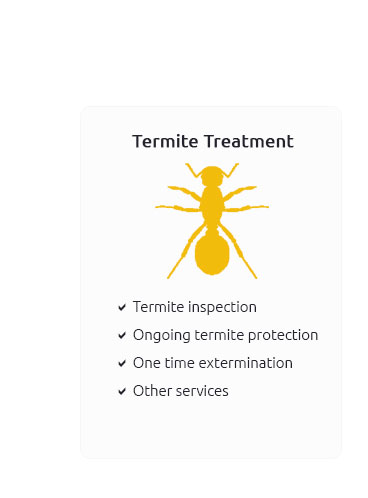 |
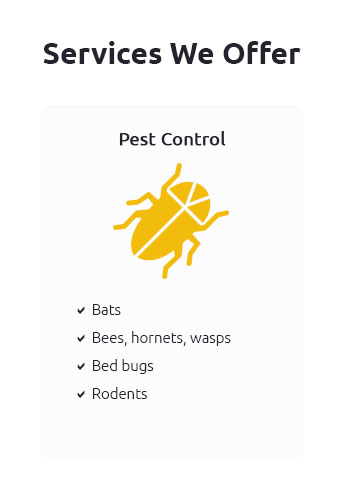 |
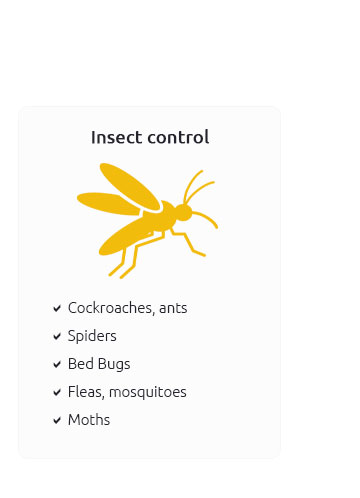 |
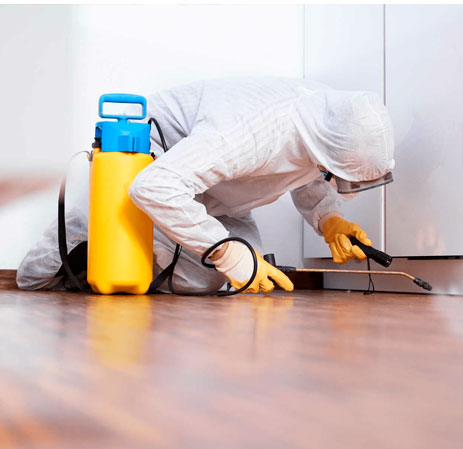 |
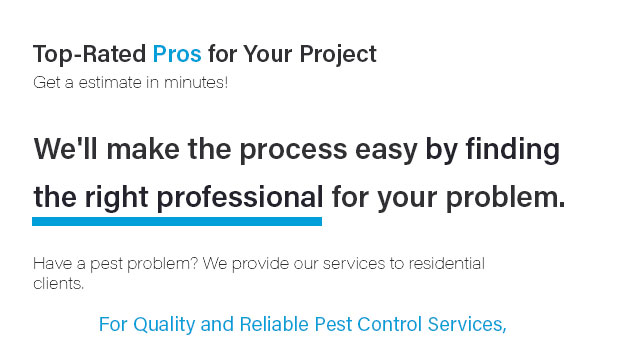 |
 |
 |
 |
|
xv2gk6beq0c Say goodbye to sleepless nights and hello to peace of mind with our unrivaled pest control services, where expert termite control meets transparent pricing-because you deserve a home that's not only pest-free but also budget-friendly; with our team of seasoned professionals armed with cutting-edge technology, we deliver comprehensive solutions that eliminate termites before they become a nightmare, ensuring your investment is protected, your family is safe, and your wallet is happy-because when it comes to termite control cost, compromise is never an option, excellence is our promise.
https://www.nativepestmanagement.com/blog/2024/march/how-much-does-pest-control-cost-in-tallahassee-fl/
Specialized Pest Control. Estimated Cost ; Termite Treatment. $1,300 - $2,500 ; Termite Prevention*. $399 - $795 + monthly fee ; Bed Bug ... https://www.naturepest.com/subterranean-termites-treatment-cost-in-south-florida/
For larger homes around 1,000 sq. ft., homeowners can expect to pay between $1,100 to $4,000 for subterranean termite treatment. Preventative ... https://pestextinct.com/tallahassee-termite-treatment-cost/
Tallahassee homeowners will pay an average of $43 a month for termite treatment. For a 1250 sq. ft. home, termite control will average around $204 per year, ...
|



